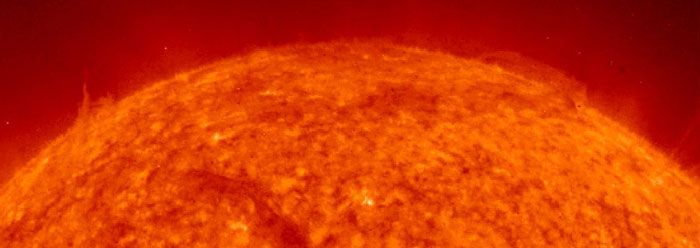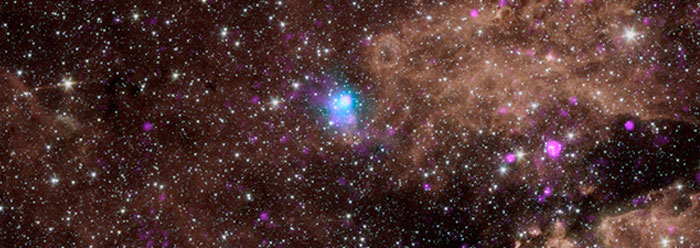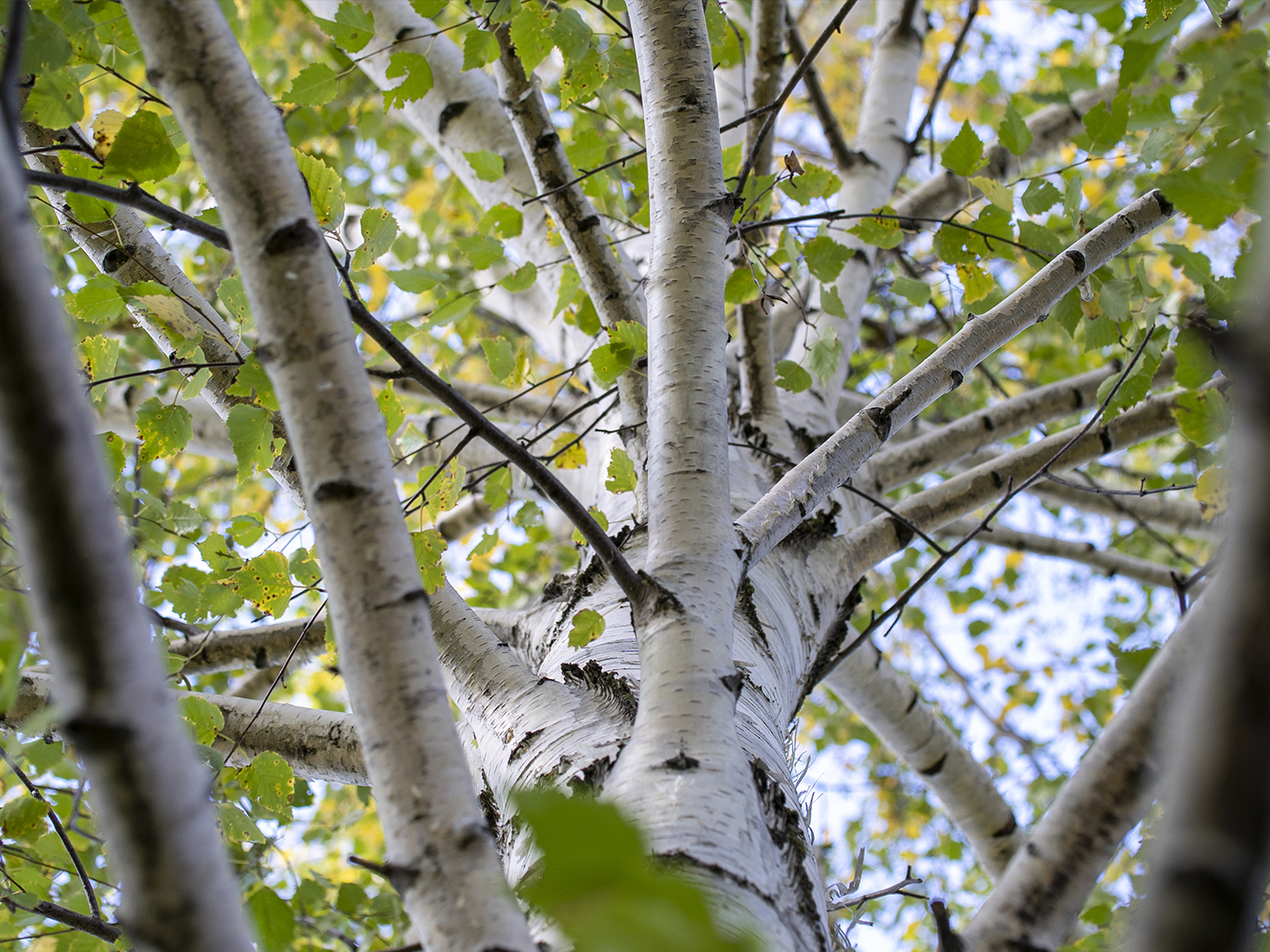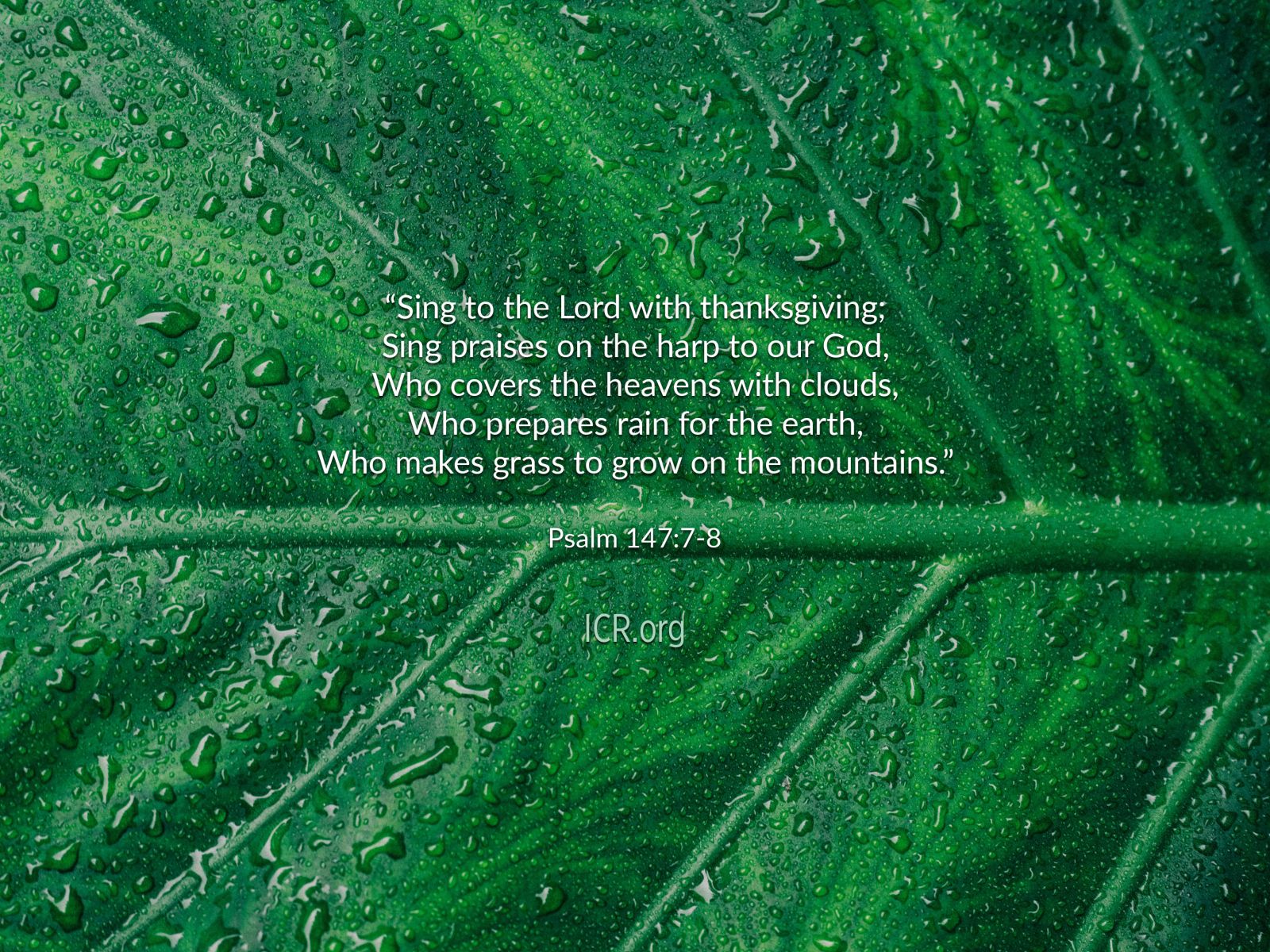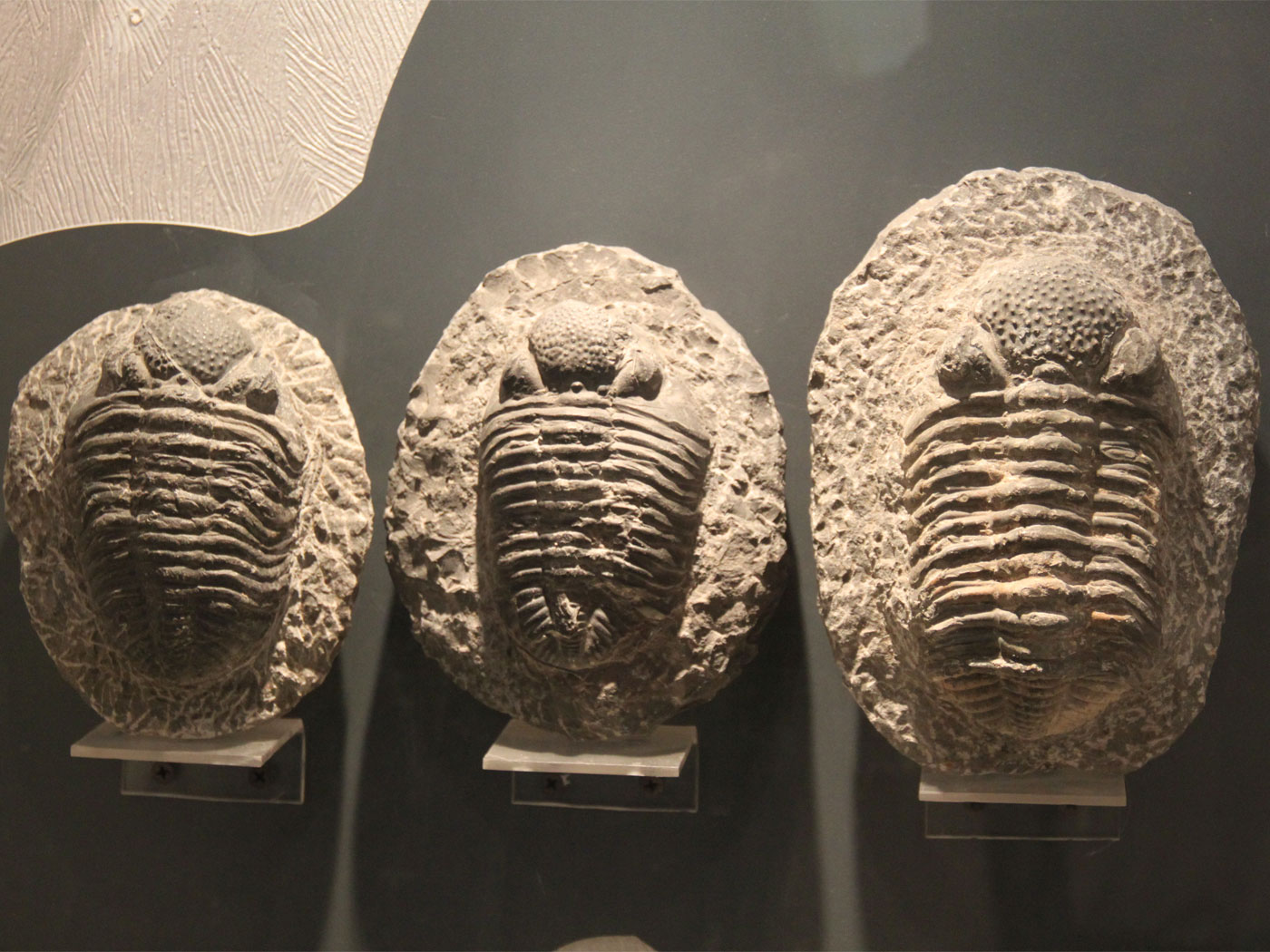A recent issue of New Scientist contained a series of articles that explored “The Six Biggest Mysteries of Our Solar System.” One article posed the question, “How was the solar system built?”1 “Built” is a good word, considering the solar system contains an array of features that appear precisely orchestrated.
For example, if all the planets, as well as the sun, came from the same dust cloud—as the Nebular Hypothesis claims—then why does each planet have an entirely unique composition? Why do the planets’ collective orbital velocities, trajectories, and distances combine to precisely balance the earth within a “habitable zone,” where just the right exposure to the sun’s rays ensures the presence of liquid water, which is vital for life?2
And why does the solar system contain features that point to a relatively recent origin? For example, why does Saturn have decaying rings instead of a disk?3 Why is Mercury so unexpectedly dense, and why does it have a magnetic field when it is so small?4
Regardless, the writers assert in New Scientist that the “delicate architecture” of the solar system came from a collapsed “molecular cloud.”1 A related hypothesis offered local patches of turbulence that enabled boulders to coalesce into planets without falling into the sun.5 But this ad hoc speculation does not explain why the boulders, which must be at least one kilometer in diameter to have enough gravity to attract one another, did not just grind themselves to dust in the effort.6
Another explanation reviewed in New Scientist was one astronomer’s elaborate scheme of fortuitous gravitational events whereby several massive planets threw Uranus and Neptune into their oblong orbits, and then created the never-before-seen Oort cloud. Astronomers proposed that such a cloud “must exist” to explain the presence of young comets in the supposedly “ancient” solar system.7 One technical model of the Oort cloud predicts that ~100 times more comets should be produced, but this discrepancy is arbitrarily dismissed by asserting that “the majority of them must physically disrupt” and are therefore destroyed.8
These various conjectures are tantamount to “explaining” that a student’s model of the solar system could be formed by random rushes of wind acting on piles of dirt. Each mystery cited by New Scientist is only mysterious in terms of a philosophically naturalistic worldview, but it makes perfect sense in light of the Bible
When a Creator is considered as the originating Source—a possibility that a host of features of the solar system clearly demands—then these mysteries aren’t so mysterious anymore. Genesis 1:16 states that “He made the stars.” How? Psalm 33:9 answers, “He commanded, and it was done.”
References
- Webb, R. Unknown solar system 1: How was the solar system built? New Scientist. 2693. Posted on newscientist.com January 29, 2009, accessed January 30, 2009.
- Coppedge, D. F. 2006. Astrobiology: Follow the…. Acts & Facts. 35 (7).
- Coppedge, D. F. 2008. Rescuing Ring Ages. Acts & Facts. 37 (10): 15.
- Coppedge, D. F. 2008. Messenger from Mercury. Acts & Facts. 37 (5): 15.
- Cuzzi, J. N., R. C. Hogan and K. Shariff. 2008. Toward Planetesimals: Dense Chondrule Clumps in the Protoplanetary Nebula. The Astrophysical Journal. 687 (2): 1432-1447.
- Coppedge, D. F. 2008. Nebulous Hypothesis. Acts & Facts. 37 (2): 15.
- Humphreys, R. D. 2005. Evidence for a Young World. Acts & Facts. 34 (6).
- Levison, H. F. et al. 2002. The Mass Disruption of Oort Cloud Comets. Science. 296 (5576): 2212-2215.
Image Credit: NASA
* Mr. Thomas is Science Writer.
Article posted on February 4, 2009.




